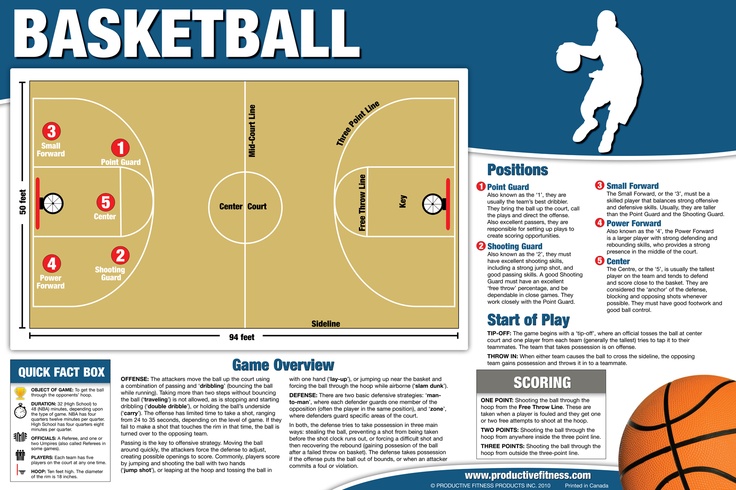Home »
Misc »
How many miles do basketball players run in a game
How many miles do basketball players run in a game
Fred VanVleet leads NBA in miles run per game for second-straight year
Since the 2013-14 season, the NBA has used player-tracking technology to collect all kinds of interesting data (including a player’s distance traveled, average speed and number of touches).
Second Spectrum is the NBA’s “official optical tracking provider” and they’ve installed a player-tracking system in the catwalk of every NBA arena. Using multiple cameras, state-of-the-art machine learning and computer-vision techniques, the software identifies and locates every player and the ball 25 times per second. If something happens on the court, the player-tracking system catches it. Then, the data is uploaded to NBA.com.
That’s how we know that last season, 170 players ran at least 100 miles throughout the course of the campaign, and 146 players ran at least 2.0 miles per game — with Toronto Raptors guard Fred VanVleet leading all players in average distance traveled with 2.9 miles per game.
Here are the current leaders for the 2021-22 season:
| PLAYER | MILES PER GAME |
1.![]() Fred VanVleet Fred VanVleet | 2.9 |
| 2. Harrison Barnes | 2.85 |
| 3. Tyrese Maxey | 2.85 |
| 4. Miles Bridges | 2.81 |
| 5. Scottie Barnes | 2.78 |
| 6. Dejounte Murray | 2.76 |
| 7. Gordon Hayward | 2.72 |
| 8. OG Anunoby | 2.69 |
| 9. Malcolm Brogdon | 2.68 |
| 10. Cole Anthony | 2.67 |
| 11. Domantas Sabonis | 2.67 |
| 12. Zach LaVine | 2.67 |
| 13. Lonzo Ball | 2.65 |
| 14. Jaylen Brown | 2.65 |
| 15. Bradley Beal | 2.64 |
| PLAYER | TOTAL MILES |
| 1. Tyrese Maxey | 44.9 |
| 2. Fred VanVleet | 43.2 |
| 3. Domantas Sabonis | 42.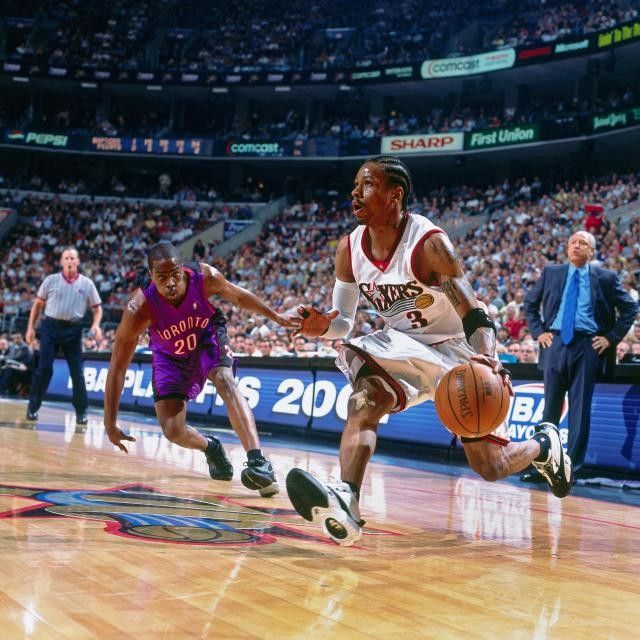 6 6 |
| 4. Miles Bridges | 42.2 |
| 5. C.J. McCollum | 42.1 |
| 6. Dejounte Murray | 41.5 |
| 7. Russell Westbrook | 41.0 |
| 8. OG Anunoby | 40.4 |
| 9. Lonzo Ball | 40.2 |
| 10. Zach LaVine | 40.10 |
| 11. Gordon Hayward | 40.0 |
| 12 Cole Anthony | 39.9 |
| 13. Harrison Barnes | 39.8 |
| 14. Tyler Herro | 39.8 |
| 15. Gary Trent Jr. | 39.3 |
Here are some takeaways from this data:
- Last season, 93 NBA players — or more than 20% of the league — ran at least 130 miles (or the equivalent of five marathons) over the course of the campaign. That list includes Stephen Curry (163.30 miles), Damian Lillard (164.90), Zion Williamson (159.5), Bradley Beal (157.0), Luka Doncic (152.8), Chris Paul (144. 0), Giannis Antetokounmpo (143.9), Kyrie Irving (133.0) and Paul George (132.5) among others.
0), Giannis Antetokounmpo (143.9), Kyrie Irving (133.0) and Paul George (132.5) among others.
- For the second-straight season, VanVleet is on pace to lead the NBA in average distance traveled. Last season, he averaged a league-high 2.76 miles per game; this year, he’s first among all players once again with 2.90 miles per game.
- New York Knicks forward RJ Barrett led all NBA players with 192.3 total miles run (or roughly seven-and-a-half marathons) during the condensed 2020-21 season.
- During the 2018-19 season, Beal played all 82 games and averaged a league-leading 36.9 minutes per game, so he did a lot of running that year: 222.7 miles (or the equivalent of eight marathons), to be exact. That’s the single-season record for the most total miles since the NBA started tracking this data in 2013-14.
- Every year, CJ McCollum is one of the league leaders in total miles run and average distance traveled. McCollum led all players in total miles run in 2019-20 (192.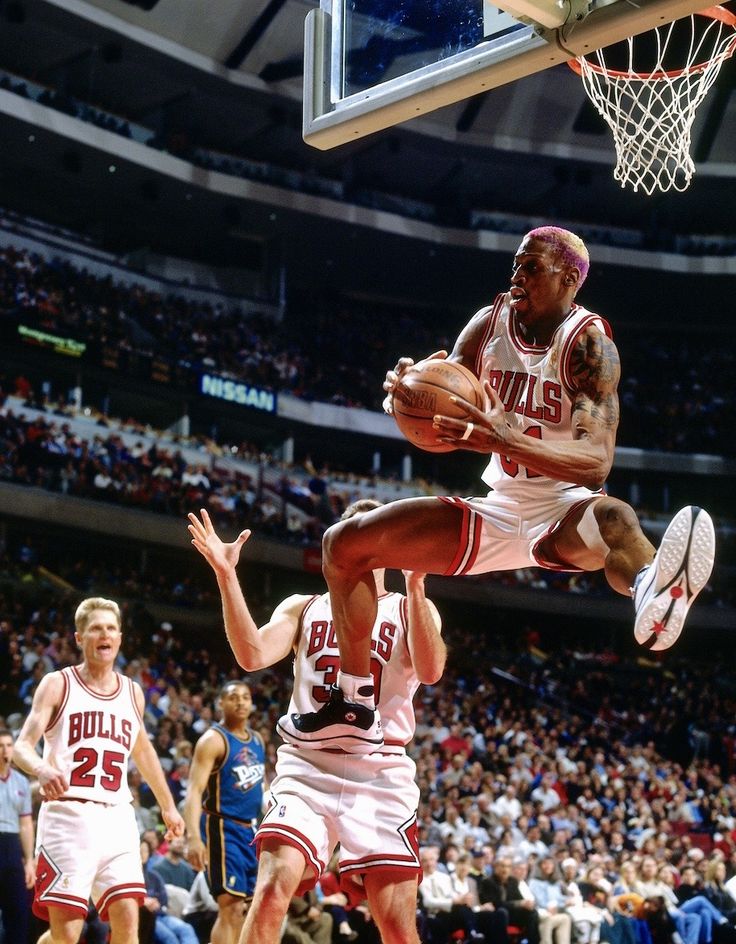 1), 2017-18 (218.4), 2016-17 (208.4) and 2015-16 (207.4). The NBA has only tracked this for eight seasons, yet McCollum already has four first-place finishes. He also led the NBA in average distance traveled in 2019-20 (2.78) and 2017-18 (2.70).
1), 2017-18 (218.4), 2016-17 (208.4) and 2015-16 (207.4). The NBA has only tracked this for eight seasons, yet McCollum already has four first-place finishes. He also led the NBA in average distance traveled in 2019-20 (2.78) and 2017-18 (2.70).
- Which players have traveled the shortest distance this season? Among players who have played at least 50 minutes, the following have run the fewest total miles: Marcus Morris (3.80), Brandon Boston Jr. (4.10), Jared Butler (4.10), Jabari Parker (4.20), Ed Davis (4.30), Ignas Brazdeikis (4.30), Robin Lopez (4.30), Sam Merrill (4.60), Malachi Flynn (4.60) and Sandro Mamukelashvili (4.80).
- Of the top-10 players in average distance covered, three are from the Raptors: VanVleet (2.90), Scottie Barnes (2.78) and OG Anunoby (2.69). Now that Pascal Siakam is back in the lineup, he will likely join them too, as he averaged the fifth-most miles per game (2.67) last season before his injury.
- The Charlotte Hornets had three players crack the top-20 in total miles run: Miles Bridges (42.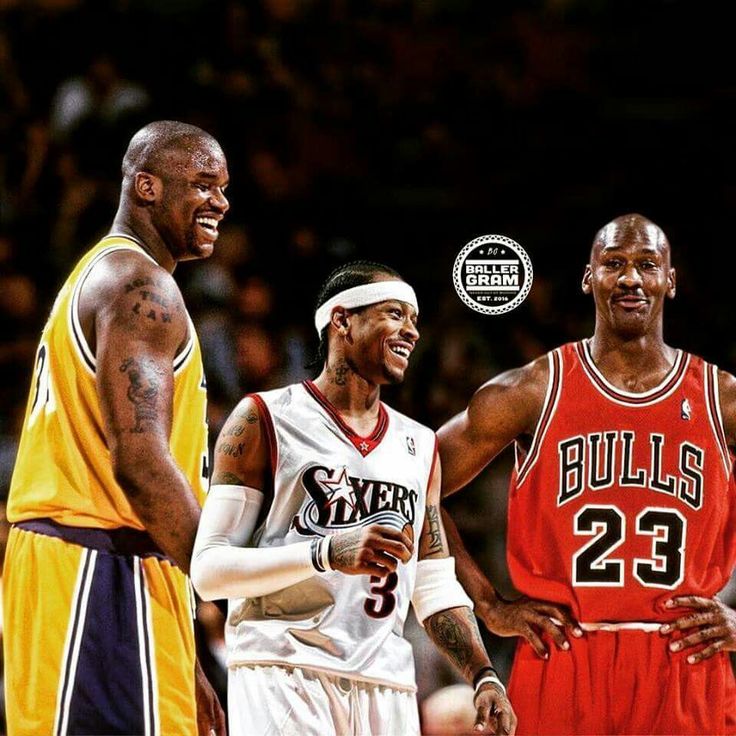 2), Gordon Hayward (40.0) and LaMelo Ball (39.0).
2), Gordon Hayward (40.0) and LaMelo Ball (39.0).
| PLAYER | FASTEST AVG. SPEED (MPH) |
| 1. Svi Mykhailiuk | 4.69 |
| 2. Doug McDermott | 4.68 |
| 3. Gary Payton II | 4.66 |
| 4. T.J. McConnell | 4.66 |
| 5. Dalano Banton | 4.61 |
| 6. Caleb Martin | 4.57 |
| 7. Cody Martin | 4.57 |
| 8. Jordan McLaughlin | 4.57 |
| 9. Cory Joseph | 4.56 |
| 10. Jaden McDaniels | 4.56 |
| 11. Nick Richards | 4.55 |
| 12. Tomas Satoransky | 4.55 |
| 13. Jalen McDaniels | 4.55 |
| 14. Dejounte Murray | 4.55 |
| 15. Ish Smith | 4.52 |
| PLAYER | SLOWEST AVG.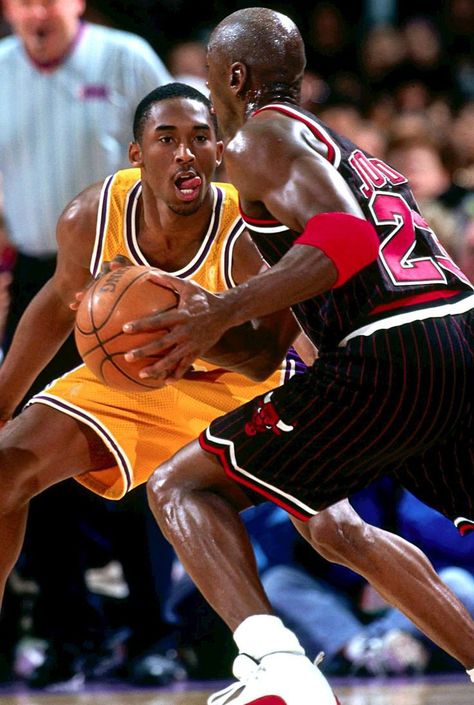 SPEED (MPH) SPEED (MPH) |
| 1. James Harden | 3.64 |
| 2. Eric Gordon | 3.65 |
| 3. LeBron James | 3.66 |
| 4. Chris Paul | 3.67 |
| 5. Joel Embiid | 3.69 |
| 6. Carmelo Anthony | 3.75 |
| 7. Anthony Davis | 3.76 |
| 8. Karl-Anthony Towns | 3.76 |
| 9. Kevin Durant | 3.81 |
| 10. Kyle Lowry | 3.81 |
| 11. Jeff Green | 3.82 |
| 12. Marcus Morris | 3.83 |
| 13. Marcus Smart | 3.83 |
| 14. Nikola Vucevic | 3.84 |
| 15. Luka Doncic | 3.84 |
Here are some takeaways from the average-speed data:
- It’s pretty wild that twins Caleb Martin and Cody Martin both play at the exact same average speed (4.57 miles per hour). Brothers Jaden McDaniels (4.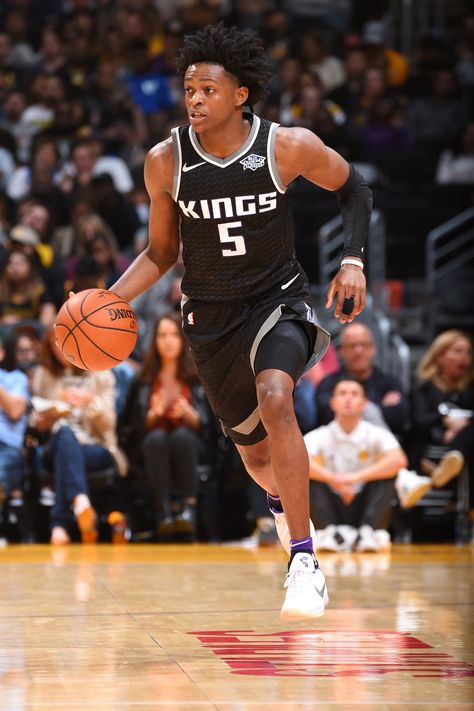 56 MPH) and Jalen McDaniels (4.55 MPH) are also nearly identical in terms of their average miles per hour.
56 MPH) and Jalen McDaniels (4.55 MPH) are also nearly identical in terms of their average miles per hour.
- James Harden always has one of the slowest average speeds in the league, according to this data. He finished as the slowest player in 2019-20 (3.53 MPH) and he was top-five slowest in 2013-14 (3.71 MPH), 2016-17 (3.72 MPH), 2017-18 (3.69 MPH) and 2018-19 (3.63 MPH).
- Last season, LeBron James had the slowest average speed among all players (3.58 MPH). This year, James is currently third-slowest (3.66 MPH).
- It's interesting that every player on the "slowest average speed" list is a veteran (and most are stars), whereas a number of younger players are featured among the fastest players (perhaps because they only know how to play at one speed).
- Among the top-15 fastest players, four play for the Hornets: Cody Martin (4.57), Nick Richards (4.55), Jalen McDaniels (4.53) and Ish Smith (4.52), which is likely a result of their pace and style of play.
- Two of the NBA's top-five fastest players are from the Raptors: Svi Mykhailiuk (4.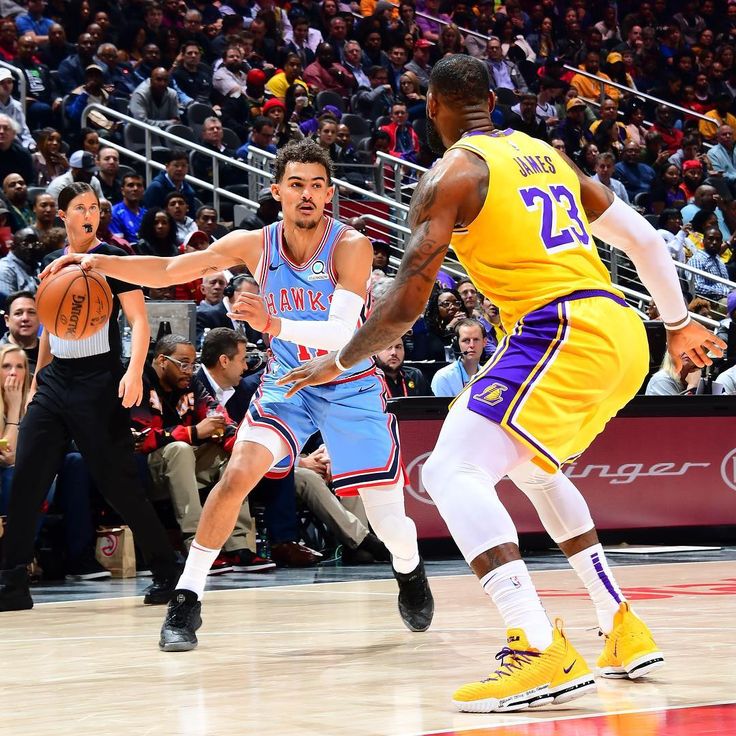 69) and Dalano Banton (4.61).
69) and Dalano Banton (4.61).
- Three of the top-seven slowest players in the league are from the Los Angeles Lakers: LeBron James (3.66), Carmelo Anthony (3.75) and Anthony Davis (3.76).
USA Basketball - How Far Do You Run During a Basketball Game?
At Stronger Team, we have an unparalleled commitment to being on the cutting edge of basketball specific performance enhancement. This includes staying abreast of the latest research and training methodologies as well spending money to attain the latest training tools.
When I say 'we', I am referring to my great friend and long time colleague, Blair O'Donovan. I have been working with Blair for over 10 years. He is absolutely one of the top strength and conditioning coaches on the planet. Blair is in his 7th year as the strength and conditioning coach for Gonzaga High School's basketball program. Gonzaga has a tremendous program and Blair is one of the reasons why.
Blair recently purchased the Nike+ Sportswatch GPS.
Among many innovative features, this watch can track how far a player runs over the course of a practice, workout, or game. It is an amazing technology.
As an informal experiment, Blair hooked the technology up to a few different players (two male, one female) to record the distances run during games.
Here are the results:
Kris Jenkins (forward) vs. Riverside HS
Minutes played: 31
Total Distance Run: 4.94 miles
- Warm-up: 0.92 miles (approximately 20 minutes)
- 1st Quarter: 1.09 miles
- 2nd Quarter: 1.01 miles
- 3rd Quarter: 0.95 miles
- 4th Quarter: 0.97 miles
Tavon Blackmon (guard) vs. Patterson HS
Minutes played: 32
Total Distance Run: 6.10 miles
- Warm-up: 1.3 miles (approximately 20 minutes)
- 1st Quarter: 1.20 miles
- 2nd Quarter: 1.11 miles
- 3rd Quarter: 1.
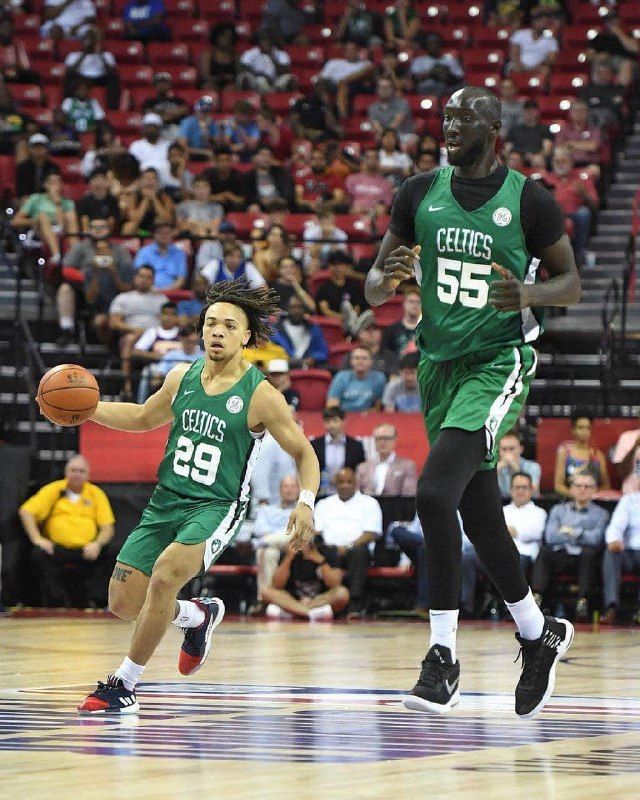 28 miles
28 miles
- 4th Quarter: 1.21 miles
Amanda Fioravanti (forward) vs. conference opponent
Minutes played: 27
Total Distance Run: 4.53 miles
- Warm-up: 0.6 miles (approximately 15 minutes)
- 1st Quarter: 0.83 miles
- 2nd Quarter: 0.87 miles
- 3rd Quarter: 0.91 miles
- 4th Quarter: 1.32 miles
The total distance run was actually higher than I anticipated. Including warm-up, Tavon ran over 6 miles during the course of the game! And obviously that wasn't done at a slow and steady pace. He covered 6 miles sprinting, cutting, back pedaling, sliding, accelerating, decelerating, jumping, landing, diving...all at game speed. That is an intense 6 miles!
At DeMatha, our top 6 players average playing 22-28 minutes per game. So using the data Blair gathered, and applying it to our players (which is comparable, we have a very similar style of play), it is safe to say that our top 6 players run between 4 to 6 miles each and every game.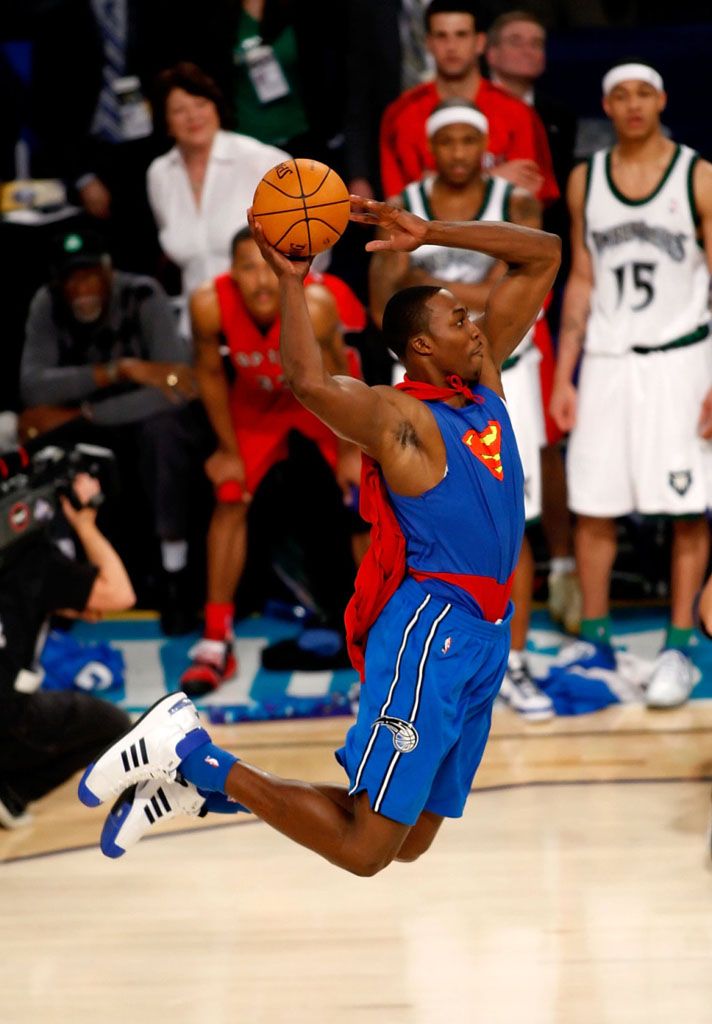 Given that we play 2-3 games per week from December to late March, our guys are racking up marathon type weekly distance logs. And that doesn't include practice. And it doesn't include offseason workouts, AAU, pre-season conditioning, etc. That is some serious volume over the course of a year!
Given that we play 2-3 games per week from December to late March, our guys are racking up marathon type weekly distance logs. And that doesn't include practice. And it doesn't include offseason workouts, AAU, pre-season conditioning, etc. That is some serious volume over the course of a year!
Excessive volume will begin to cause issues if proper steps aren't taken:
- I recommend shortening practice time as the season progresses. Keep practices sharp and focused—but brief and with minimal extra running. You want your team to peak come playoff time, not be exhausted.
- Give players a day off whenever possible and appropriate. Keep in mind that a physical day off doesn't have to be a mental day off. You can watch film and shoot 100 free throws instead of a normal practice and still benefit.
- Encourage players to use proven rest and recovery techniques—like foam roll and ice baths—in addition to eating well, sleeping well, and staying hydrated.
 Rest and recovery is arguably the most important factor in sustaining a high level throughout the entire season.
Rest and recovery is arguably the most important factor in sustaining a high level throughout the entire season.
- Communicate with players about nagging injuries and make sure they seek proper treatment. Being sore is normal and is part of being a player...but being hurt isn't and needs to be properly treated.
- Continue to strength train during the season! Purposeful strength training helps ward off the cumulative trauma caused from the excessive running volume. Proper strength training will keep the ankles, knees, hips, and core strong and durable!
On the other side of the coin... think about your 11th through 15th man. Not only do they get very little volume during the game, but they more than likely get limited volume during practice. In most 5-on-5 drills, you have your starters playing against your 2nd unit—while the 11th through 15th players stand and watch (and wait to be subbed). Point being, over the course of a week, your starting point guard may run 25 miles and your 15th man may only run 5.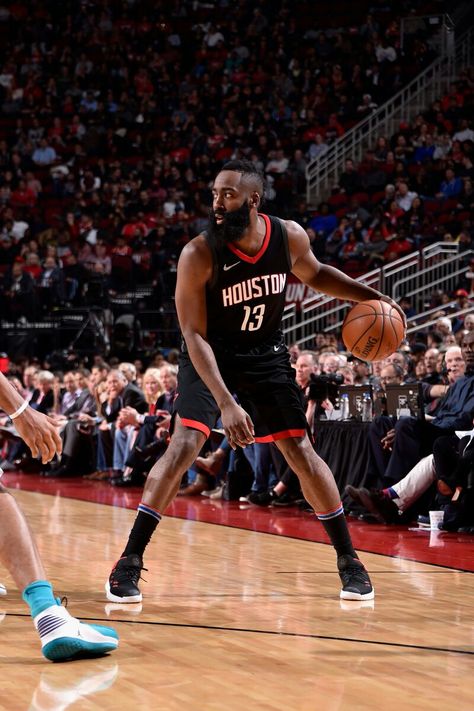 That is a huge discrepancy! If you ever notice that some of your reserves are sucking wind or appear out of shape...it's not their fault! They are only doing a fraction of the weekly volume.
That is a huge discrepancy! If you ever notice that some of your reserves are sucking wind or appear out of shape...it's not their fault! They are only doing a fraction of the weekly volume.
Once our off-season workouts begin, we will make sure to collect data on those workouts as well, in an attempt to make our workouts as productive and purposeful as possible.
How many km does a football player run per game? - Smartphones, devices, equipment
How many kilometers does a football player run per game? - Smartphones, devices, equipment | ICT News on json.tv
- Main
- ICT News
- Smartphones, devices, equipment
- How many miles does a football player run per game?
24 June 2014 09:45
9086
While millions of spectators around the world are watching football battles on the fields of Brazil, where the 20th World Cup is taking place these days, to support their country's team, STATS employees watch football with a different purpose. They are not interested in the result of the match, because it is known even without their participation. They are interested in other things. For example, such as in the title of this article.
They are not interested in the result of the match, because it is known even without their participation. They are interested in other things. For example, such as in the title of this article.
STATS is the world leader in sports data collection and analysis. The technologies that the company uses do not affect the game. In the case of a football match, these are three HD cameras placed on the field. The computer program identifies the players on the field as well as the ball and determines their coordinates. The system works in real time. Tracking objects on the field gives a huge amount of data. They bring interesting elements of statistics to television broadcasts from matches, help coaches in the “debriefing” and provide funny information. Recently, the company published data on the distances run by athletes in different team sports. The players were the leaders.
It turned out that a football player covers a distance of 15 km in 90 minutes of play. At the same time, midfielders run the most.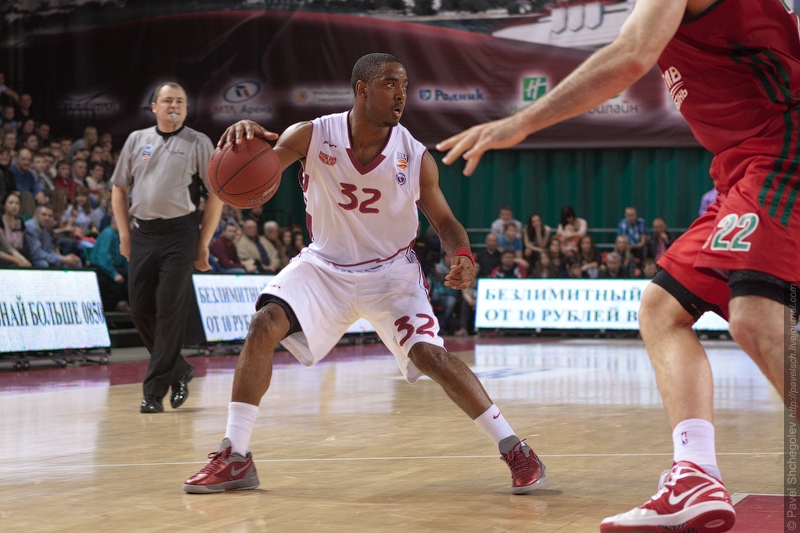 But attackers run an average of 11 km. It is interesting to compare these data with other sports. It turned out that American football players run only 2 km per game, although the sizes of fields for playing regular and American football are close. The unexpected result is explained by the dynamics of the match. American football players run only 11 out of 60 minutes, the rest of the playing time is almost worth it. But in this game, athletes develop maximum speeds during jerks with the ball, up to 35 km / h. As for the basketball players, STATS counted 4 km. This distance is covered by a player running on a basketball court.
But attackers run an average of 11 km. It is interesting to compare these data with other sports. It turned out that American football players run only 2 km per game, although the sizes of fields for playing regular and American football are close. The unexpected result is explained by the dynamics of the match. American football players run only 11 out of 60 minutes, the rest of the playing time is almost worth it. But in this game, athletes develop maximum speeds during jerks with the ball, up to 35 km / h. As for the basketball players, STATS counted 4 km. This distance is covered by a player running on a basketball court.
STATS is owned by US private equity firm Vista Equity Partners. The last one was created in 2000. The company's largest investment was the $1 billion purchase of Websense in 2013. The company develops computer applications to address a variety of security issues, from protecting networks from malware to parental controls on home computers.
Author: Gennady Khvorykh
- > Sergey Kozlov, Megaplan: Some people have already matured before buying CRM on a cloud model, but have not yet matured in order to start using
- > Karaoke is changing and going public in a new cloud form
- > Oracle Corporation announced its ambitions in the Russian market of public and hybrid cloud services for business
- > Sergey Zhitinsky, Git in Sky: optimizing server software for the global market
- > Vedomosti, Russian Electronics: A country without its own decent equipment is like a state without armed forces.
 IV annual conference
IV annual conference
{ "prev": "/ict_news_read/htc-sdelaet-posledniy-nexus-planshet", "prev_topic":"HTC will make the last Nexus tablet ", "next":"/ict_news_read/acronis-backup-12-teper-podderjivaet-rezervnoe-kopirovanie-microsoft-office-365-20170302114115", "next_topic":"Acronis Backup 12 now supports Microsoft Office 365 backup" }
Run, Boyd, run. Top Ten Premier League Stayers - Did You Know - Blogs
Did you know that
Blog
George Boyd ran the longest this season, covering 27 games 338.8 km. This is approximately equal to the distance between Burnley's home ground and Selhurst Park (Crystal Palace) in London. On foot, this distance can be covered in 69 hours, but Boyd had less than 40 hours of playing time.
OH overtook Tottenham midfielder Christian Eriksen by 700 meters, who spent 30 matches on it. For the same number of matches, Stoke City player N'Zonzi ran 334.3 km.
Let's look at the distance run by players in sports where running is not the main and only element (for example, track and field race, marathon, walking, triathlon) or it is very difficult to separate running with the feet from the distance covered with equipment (skates, skis etc.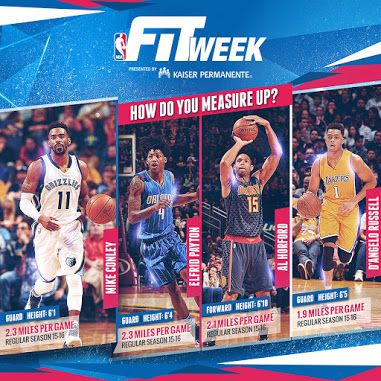 )
)
Cricket
From the outside it seems that this sport does not shine with high rates and high-speed races. But in reality, the players run more than one kilometer during the match. It all depends on the position on the field: bowlers can cover up to 15 km per match, and in test games - all 20 km. Field players (fielders) run an average of 6 to 9km. The bowler moves back 20-40 meters to run and throw the ball. And such run-ups per game can accumulate 180 times (30 overs).
Football
This sport can be considered the first where a large number of players cover a large distance per match. Midfielders usually run up to 13 km in one game. Against Stoke City, the Muncity's James Milner broke a Premier League season record with a run of 13.56 km per game. However, I would like to mention George Boyd (Burnley), who owns the 4th of the top 10 results this season. Boyd gives at least 12 km for each mast.
Forwards usually run between 8 and 10 km, but here it must be taken into account that they have to do sprints more often than others, sometimes as much as 30 km per hour.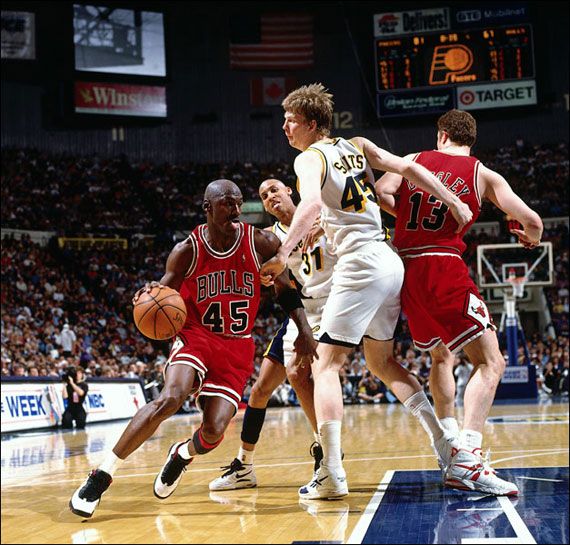 Defenders also do not interrupt the 10-kilometer line. The goalkeeper has a maximum of 5 km.
Defenders also do not interrupt the 10-kilometer line. The goalkeeper has a maximum of 5 km.
The record for the longest distance belongs to David Beckham: in the 2002 World Cup qualifier against Greece at Old Trafford, the sensors recorded a phenomenal result of 16.1 km per match. Only one circumstance must be taken into account: these data began to be measured relatively recently. Therefore, Beckham's record can be considered an achievement in the new century, and not of all times and peoples.
Tennis
Despite the fact that tennis matches last longer than football (1.5-2.5 hours), the distance covered by tennis players, as usual, does not exceed 5 km. But there are exceptions when it comes to five-set games. The record for the longest match was set in the Isner-Mahut match at Wimbledon 2010, when the match lasted 11 hours and 5 minutes. Each of the tennis players in that match ran 9.6 km - and that's just jogging. If you add here walking around during breaks and serving balls, then the mileage will reach 25 km.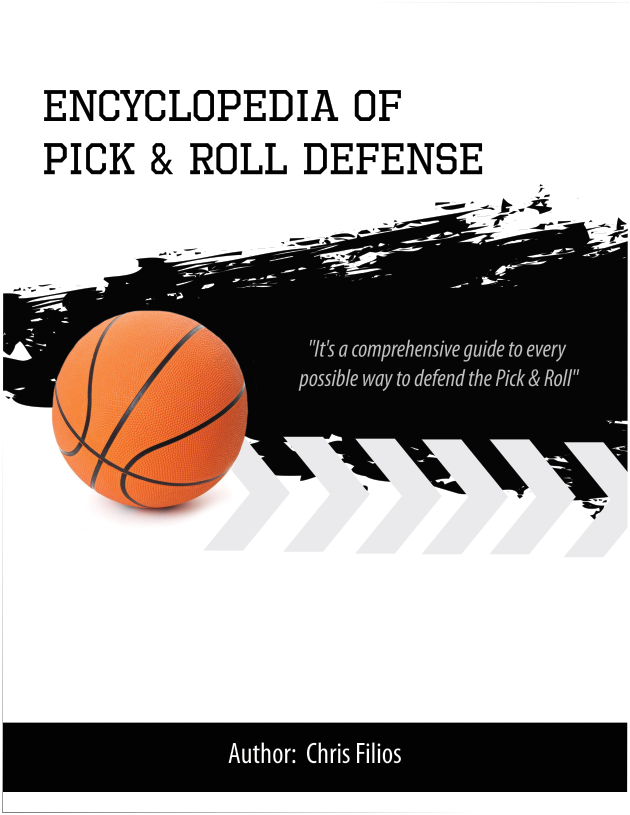
Basketball
Basketball, like tennis, has a much smaller playing area, so the players' runs are not very long. NBA statistics show that the average distance run by basketball players per game is 4.3 km. Most basketball players barely cross the 3.5 km mark per game.
American Football
The farthest distance belongs to players of only one role - runners. An ordinary runner covers a distance of less than 2 km per match. The Americans neglect these statistics, because they do not show the full power and explosive nature of the match. Defensive and attacking lines of teams often replace each other. Due to the stopwatch rule, an hour-long match lasts more than 3 hours, and the "footballers" run further during the change than during the game itself. Therefore, the Americans do not show the distance traveled by each player at all.
Field hockey
In terms of the size of the playing field, this sport is comparable to football, with only one difference: unlike football, here the match ends 20 minutes earlier (70 versus 90 for football).